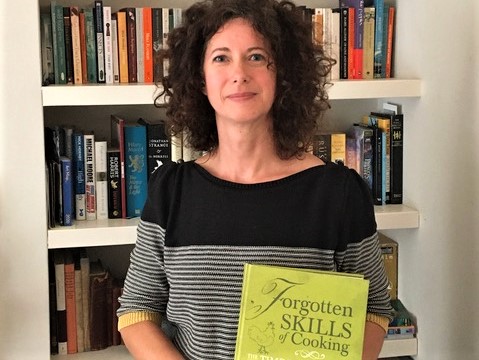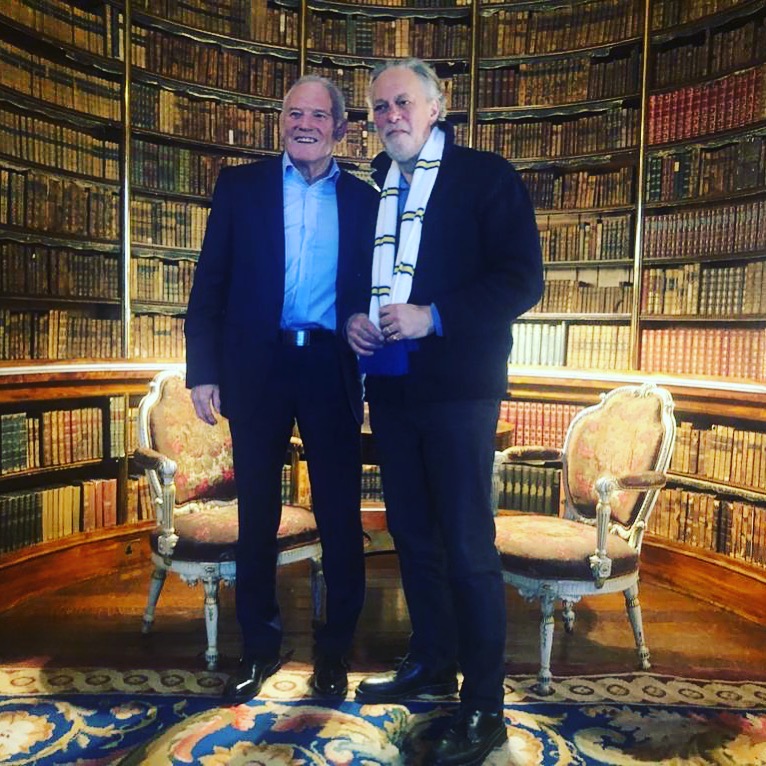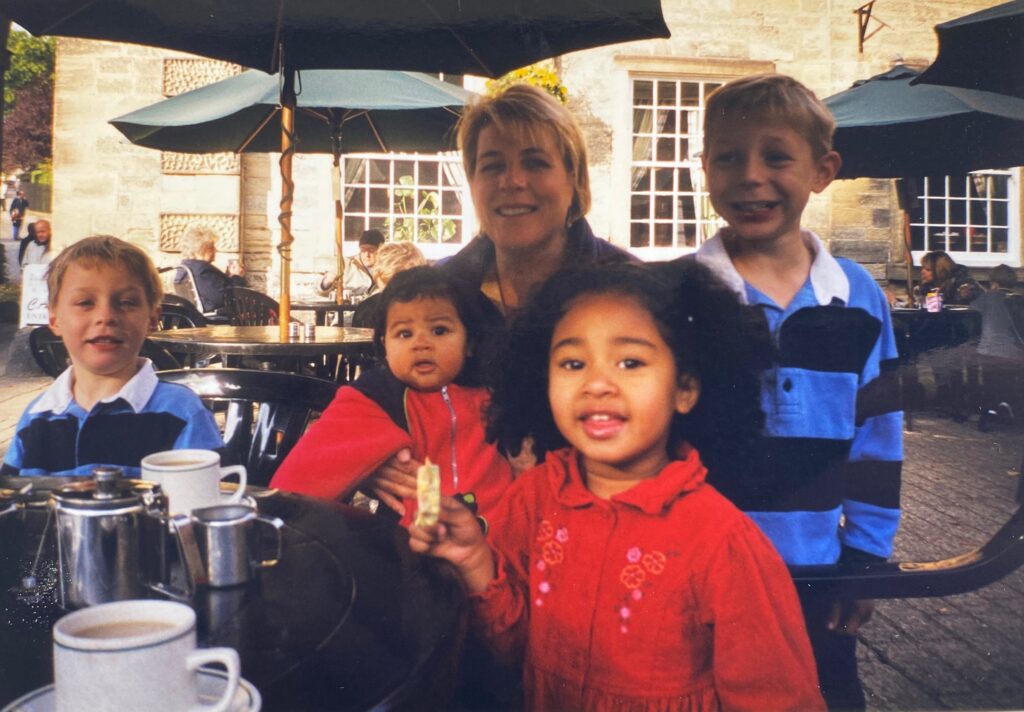 Harewood is delighted to have received just under £50,000 of National Lottery support to help sustain the Trust and fund crucial projects following the impact of Covid-19 on the heritage industry.
Harewood is delighted to have received just under £50,000 of National Lottery support to help sustain the Trust and fund crucial projects following the impact of Covid-19 on the heritage industry.
Since the Covid-19 pandemic and lockdown began, Harewood has, like many culture and visitor attractions, seen irreparable financial impact, with 14 weeks of unavoidable closure. The Trust now faces £1 million deficit this financial year. Despite major efforts to offset such losses, through encouraging Membership, launching bespoke premium events and tour opportunities, and launching an Appeal for the Harewood Bird Garden raising £8,000 generously donated by members of the public, the Trust is incapable of bridging such a gap without assistance.
Jane Marriott, Director of Harewood House Trust, said:
‘We are delighted to be the recipients of this crucial funding and thanks to National Lottery Players we can now move forwards with renewed positivity and vigour as we plan Harewood’s future and its vital place in our community just outside Leeds. The National Lottery Heritage Fund’s support has become a vital lifeline at this time in ensuring this country’s world-renowned heritage places, something we and all our colleagues are passionate about sustaining for everyone to enjoy for the future.’
The funding, made possible by National Lottery players, was awarded through The National Lottery Heritage Fund’s Heritage Emergency Fund. £50million has been made available to provide emergency funding for those most in need across the heritage sector. The UK-wide fund will address both immediate emergency actions and help organisations to start thinking about recovery.
Ros Kerslake, Chief Executive of The National Lottery Heritage Fund, said:
‘Heritage has an essential role to play in making communities better places to live, supporting economic regeneration and benefiting our personal wellbeing. All of these things are going to
be even more important as we emerge from this current crisis.
‘Thanks to money raised by National Lottery players we are pleased to be able to lend our support to organisations such as Harewood during this uncertain time.’
Harewood House Trust plans to use part of this fund to launch a significant Member engagement and recruitment campaign, ensuring the Trust’s long-term future with sustainable, secure income whilst continuing to grow its community.



